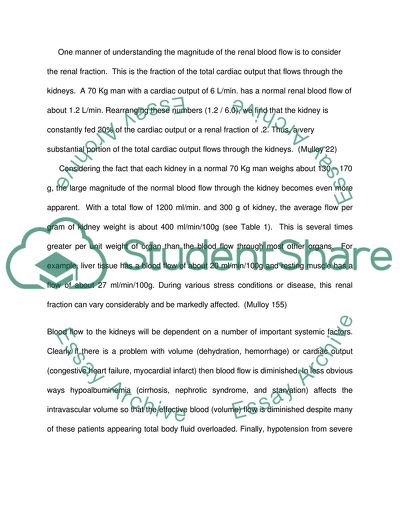Cite this document
(Not Found (#404) - StudentShare, n.d.)
Not Found (#404) - StudentShare. https://studentshare.org/medical-science/1707145-effects-of-drinking-water-on-renal-function
Not Found (#404) - StudentShare. https://studentshare.org/medical-science/1707145-effects-of-drinking-water-on-renal-function
(Not Found (#404) - StudentShare)
Not Found (#404) - StudentShare. https://studentshare.org/medical-science/1707145-effects-of-drinking-water-on-renal-function.
Not Found (#404) - StudentShare. https://studentshare.org/medical-science/1707145-effects-of-drinking-water-on-renal-function.
“Not Found (#404) - StudentShare”. https://studentshare.org/medical-science/1707145-effects-of-drinking-water-on-renal-function.


